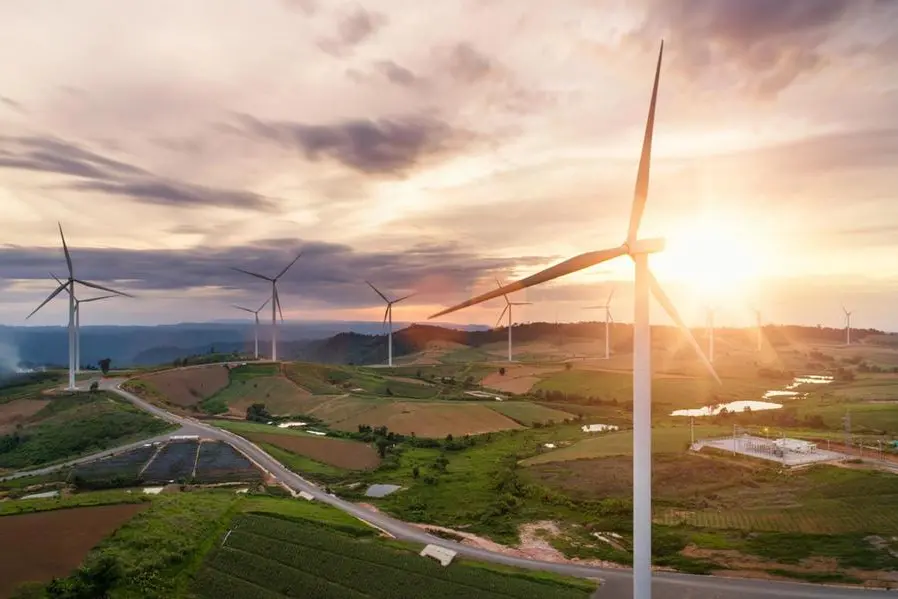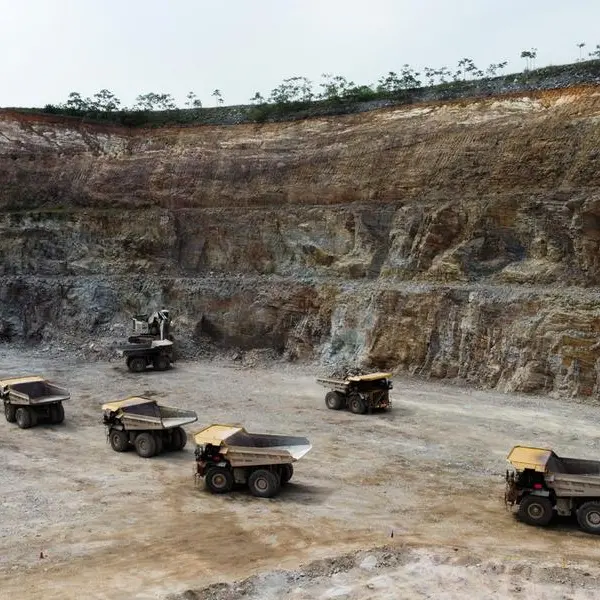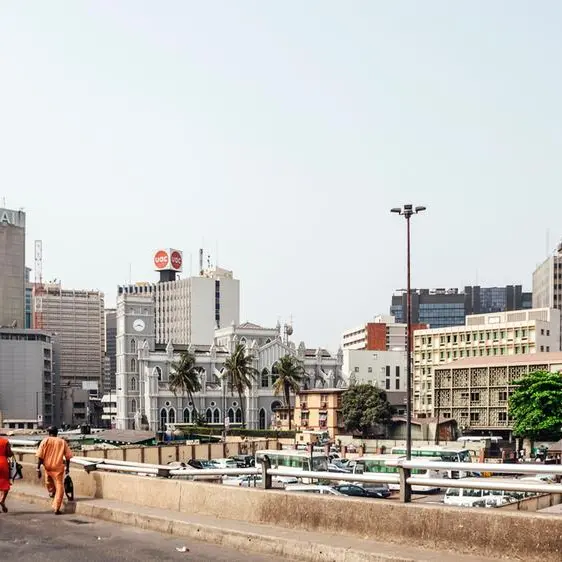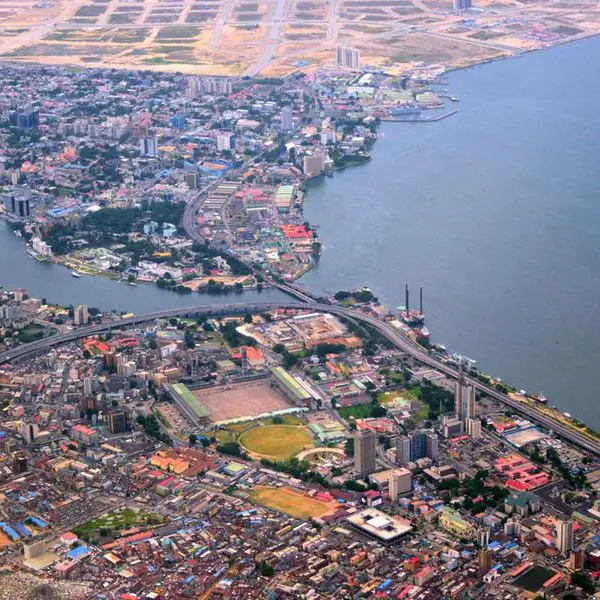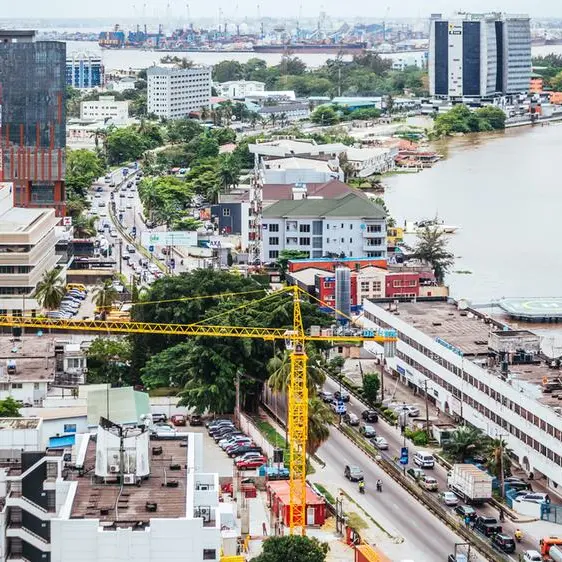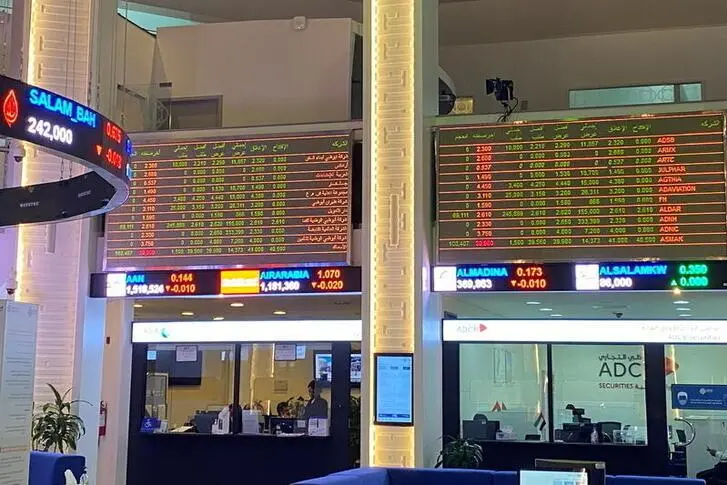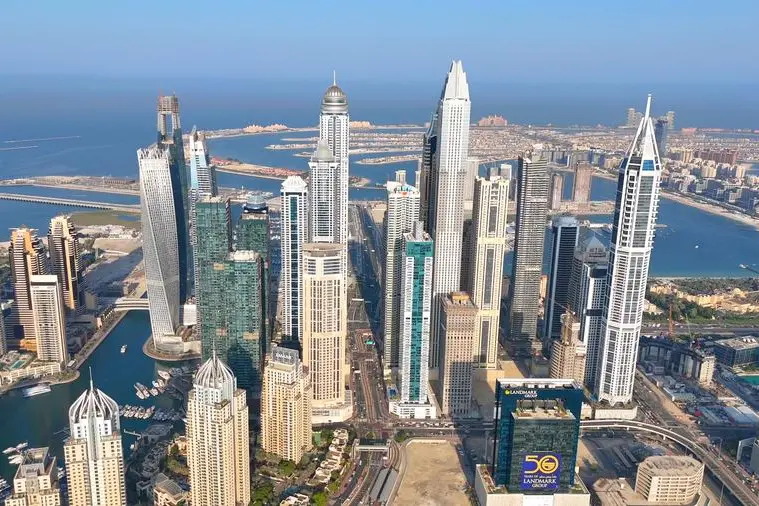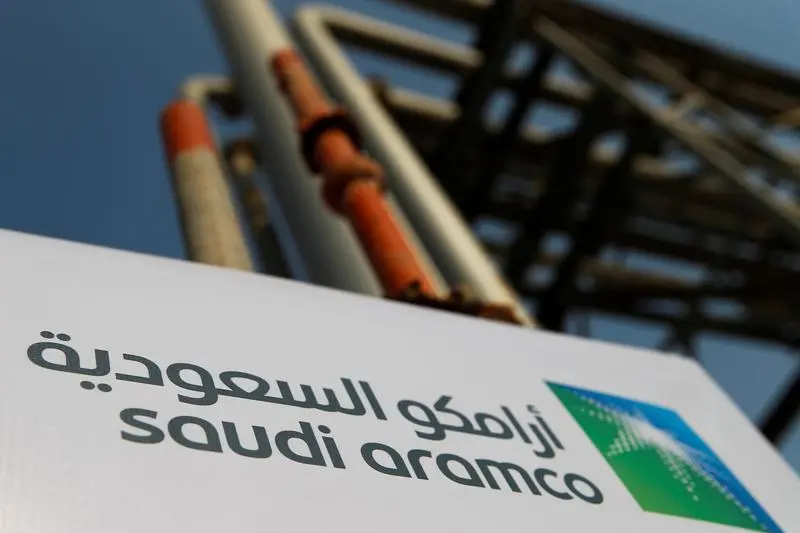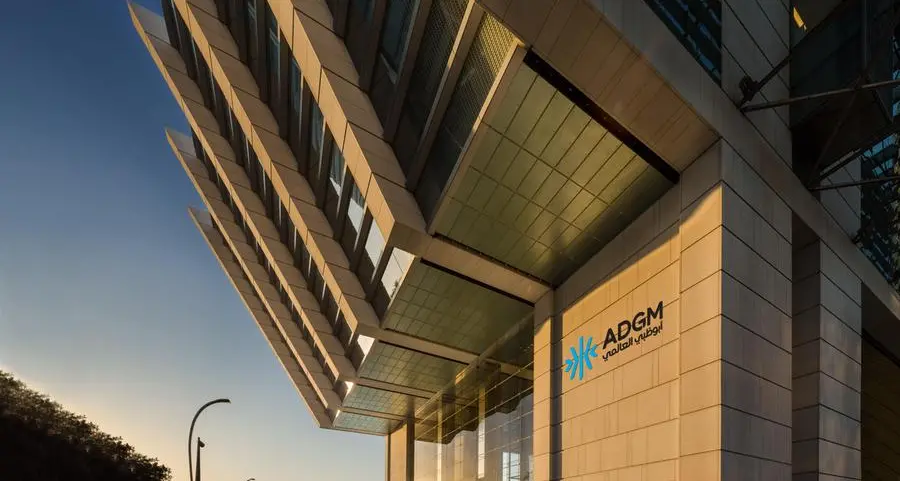PHOTO
Renewable Energy by wind turbine for green energy world. Getty Images Image for illustrative purposes only.
Exclusive interview with Paras Patel, Investment Manager, Energy Access Ventures, Kenya. At the upcoming Future Energy East Africa, he is a part of a panel discussion on the potential of mini grids.
1) Let’s start with some background on Energy Access Ventures and the work that you do there.
Energy Access Ventures (EAV) is a venture fund that invests in early stage and growth companies that employ technologies and innovative business models linked to the access of electricity and its benefit in Sub-Saharan Africa.
Due to the poor lack of political will and public investments in infrastructure, African business and industries are at the forefronts of finding other means to bypass these challenges though disruptive and innovative technologies an business models. Through years of experience in Africa, EAV understands the opportunities and challenges present in SSA and can provide direction to accelerate go-to-market and scale-up in these markets. EAV also brings on-board a wide network and leverages relationships with Limited Partners to add value to our portfolio companies.
2) Any exciting projects that you are currently involved in that you can share?
Bringing electricity is just the first step; we are now also looking at investing in companies that enhance the productive uses of electricity in other sectors including agriculture, healthcare, mobility etc. In addition we are looking at the innovative business models that bring the benefits of electricity to off-grid areas, such as in the connectivity space.
Another exciting area for us is the commercial and industrial (C&I) space. Promoting clean, reliable and affordable energy to SMEs and business not only makes commercial sense but also creates more meaningful impact for the local environment through job creation, environmental benefits etc.
If you look throughout history in the developed world, electrification did not start with households – industries were electrified first and households followed as a collateral effect. Therefore, investing in companies providing energy to C&I clients not only results in a larger energy production output, but also a follow-on effect of lighting residential areas nearby.
3) What in your view are the main challenges in the power sector in East Africa right now?
The population of Africa is growing rapidly which in turn is increasing demand and the need for electricity access. However, the grid cannot serve with this increasing demand. The majority of the African population lives in rural or peri-urban areas where there is no grid or where the grid is very unreliable. Therefore, the primary challenge in this market is the simple access to electricity or the access of reliable electricity.
As mentioned above due to the poor lack of political will and public investments the grid will most probably not arrive to many of these unconnected areas. Nor does it make commercial sense to do so.
Nevertheless, disruptive and innovative technologies and business models are tackling this challenge. The most popular example are the solar home system companies such as d.Light, PEG Africa and Off Grid Electric. Not only do they provide solar power for homes, they provide financing over a period of time to allow users to purchase their systems on a marginal disposable income and most importantly these business are commercially viable.
However, bringing electricity is just the first step. The next challenge is to increase a household’s disposable income. Thus, EAV seeks to promote the use of ‘productive power.’ How do you make $5 worth $15 using clean energy and an innovative business model? That truly is the next challenge for these companies.
4) And with regards to energy efficiency in particular?
Naturally, energy efficiency is a key component in the energy nexus. We have now started looking at companies that are building and providing energy management software as a service.
The energy efficiency market has two main branches – the demand side and the supply side. The former usually involves smaller systems (including systems for residential homes), while the latter deals with systems with larger loads. But they both have vast applicability; from heating and cooling to cost and power usage reduction.
This is still a fairly new concept in the Africa. , However with the increase in energy consumption and the shift towards larger off-grid systems, the energy efficiency space is definitely growing.
5) What in your view are the main opportunities currently?
Kenya in particular is a commendable player in the African innovation and entrepreneurship market. The number of start-ups being born and entrepreneurs being developed here reflect this. Energy access related start-ups have been among the most prominent of the start-up scene in the recent years in East Africa.
And lastly the spaces which are exciting to watch include the nexus of electricity and agtech, edtech, healthtech, watertech, robotics, artificial intelligence and energy management software, to name a few.
To learn more about EAV please visit their website www.eavafrica.com.
Copyright © 2022 AfricaBusiness.com - All materials can be used freely, indicating the origin AfricaBusiness.com Provided by SyndiGate Media Inc. (Syndigate.info).
